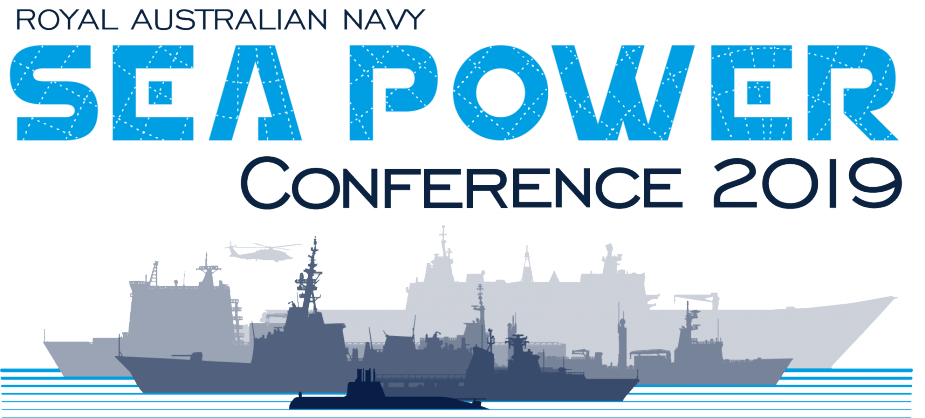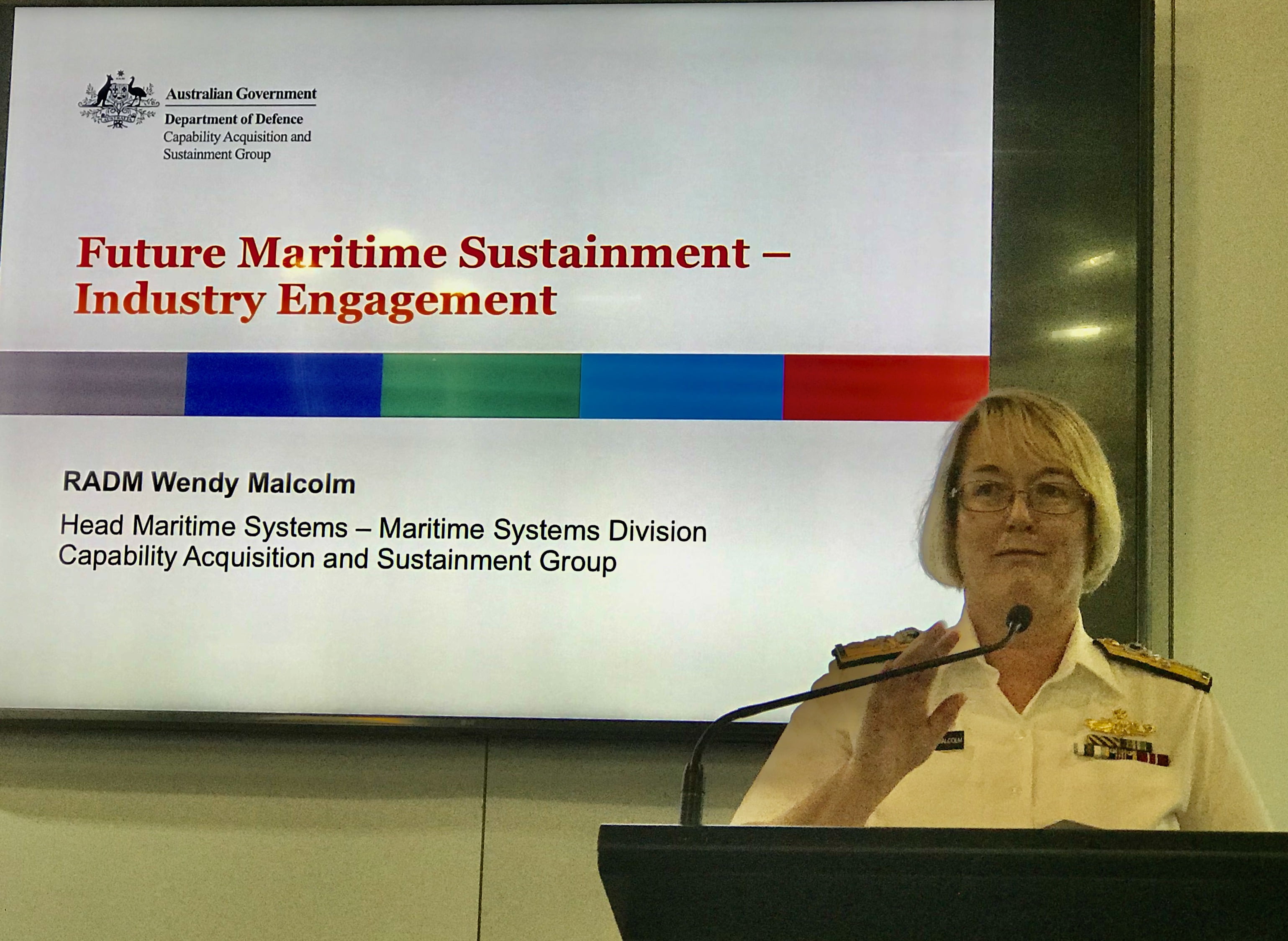Recently, I attended the Chief of the Royal Australian Navy’s Seapower conference being held in Sydney from October 8th through the 10th, 2019.
 For five years, I have been attending the Williams Foundation Seminars and writing the reports on the transformation of the RAAF and its impact on shaping a “fifth generation ADF” or what I like to call, “building an integrated distributed force.”
For five years, I have been attending the Williams Foundation Seminars and writing the reports on the transformation of the RAAF and its impact on shaping a “fifth generation ADF” or what I like to call, “building an integrated distributed force.”
The RAAF has done this over a decade and has done so by buying the best airpower platforms being built in Europe and the United States and by focusing on ways to integrate those platforms to operate as an integrated force. In my view, this has been a very cost-effective way to get a transformed force.
Although it is a work in progress, the challenge posed by rebuilding the Australian Navy is of a different scale and magnitude and the government and the Australian Navy are taking a very different course to force transformation.
The Navy and the government have in mind building a national infrastructure for “continuous shipbuilding” which when translated into non-defense English means building infrastructure to build, upgrade, maintain and support naval forces on a continuous basis.
This means building new facilities, shaping new workforces and keeping them regularly employed to sustain as well as build.
This is a costly and significant challenge, the magnitude of which significantly exceeds what has been done for the largely professional Air Force focused transformation.
This is about engaging the wider society and certainly taps into the national challenge of rebuilding national infrastructure to defend the nation against 21st century authoritarian powers.
In a session which focused on shaping a new sustainment approach for naval forces, Rear Admiral Wendy Malcolm, Head of Maritime Systems Capability Acquisition and Sustainment Group, highlighted the importance of ensuring that a new sustainment strategy be built into the build out of the next generation Australian navy.
She argued that the Australian government has committed itself to a step change in naval capability. Australia will be engaged in the most significant recapitalization of its Navy since the Second World War.
“We need to reshape the way we sustain our fleet as we go about a significant change in how we are doing Naval acquisition.”
“As a result, we need to future proof our Navy so that it is capable and lethal and available when and where they are needed.
“We need to build a sustainment model which ensures that we can do this as well.”
Sustainment has been largely thought of as the afterthought to acquisition of a new platform. She argued that with the new “continuous shipbuilding approach” being worked, sustainment needs to be built in from the start into this process approach.
“We should from the outset to consider the best ways to sustain the force and to do so with engagement with industry in the solutions from the outset.”
She noted that the acquisition budget is roughly equivalent to the sustainment budget, and this means that a new approach to sustainment needs to accompany the new acquisition approach from the outset to ensure the delivery and operations of the most lethal and capable combat fleet which Australia can provide.
“There are serious external and internal forces that are forcing change in our thinking about how we will use our fleet…. A major investment in shipyards, work force, and in new ships requires an appropriate sustainment approach to deliver the capability to do the tasks our navy is and will be required to do.”
The shift to “continuous ship building” entails a major shift in how Australia needs to think about sustainment as well. She argued that a number of technologies had emerged which allow from a more flexible and adaptative way not only to build but to sustain ships as well.
“We need to take a fleet view and to shape a continuous approach to sustainment as well.”
Rear Admiral Malcolm dubbed the new approach of a continuous sustainment approach or environment as Plan Galileo.
Similar to what the RAAF has termed Plan Jericho as suggesting that discontinuity was as important as continuity, she has argued that there is a need for significant relaunch of thinking and build out of sustainment.
Plan Galileo is built around three key efforts.
The first is an improved approach to capability life cycle management.
The second is the establishment of regional maintenance centers.
The third is associated with the first two. Industrial engagement is crucial to driving regional hubs with true sovereign capability that is complementary to the national shipbuilding effort.
She underscored the importance of shaping a sustainment capability which can provide for redundancy and to do damage battle repair in crisis situations.
And she added that the Australian navy will need to focus as well on sustainment away from Australian territory as well.
She argued that the rebuilt dockyards and work force need to become multi-mission competent rather than single platform focused.
In this regard, she highlighted the importance of building regional support centers which could support a wide variety of vessels and systems.
In short, Rear Admiral Malcom provided a significant cautionary warning – if a shift in the sustainment model does not occur, the capability of even a newly built navy will be undercut in the conflictual world into which we have entered.
She made a vigorous case that the “continuous shipbuilding” approach needed to have a sustainment approach built in as well.
Indeed, given the dynamics of change associated within each class of ships associated with dynamics such as software upgradeability and in terms of building an integrated force within which the Navy will operate, the cross-domain operational requirements will require a modernization approach that becomes part of what one might consider to be sustainability.
And with the return of the significance of national and regional geography, the last thirty years reliance on a globalization process in which 21st century authoritarian powers have been key participants needs to be rethought, modified and reconfigured.
Rear Admiral Malcolm and her staff have kindly provided her briefing for our readers.
Pacific 2019_RADM Malcolm Presentation


